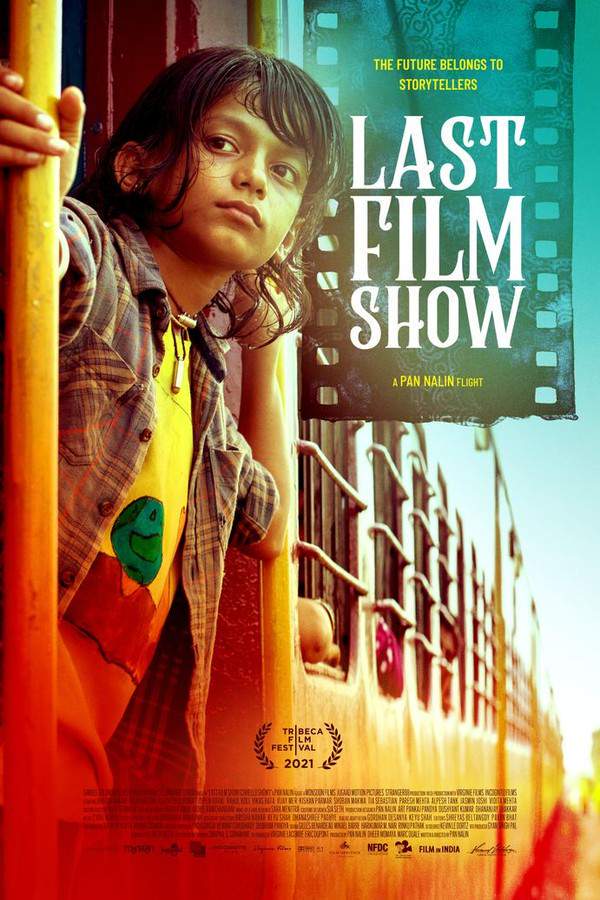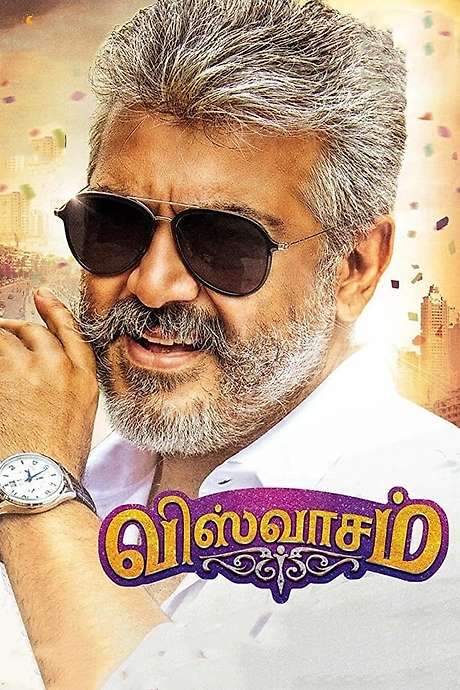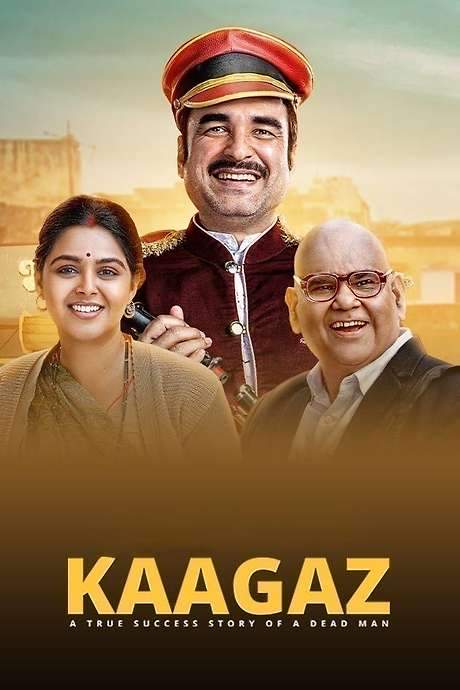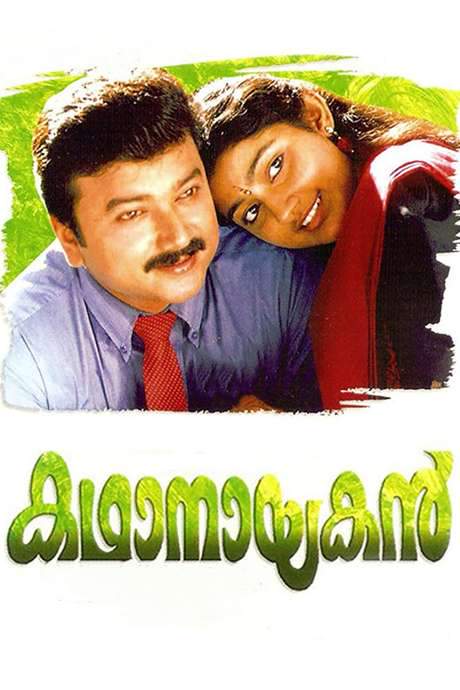
Kadaisi Vivasayi
The Last Farmer Maayandi, the only farmer in a village that has abandoned farming, is charged with a petty case that leads to his imprisonment.
Warning: spoilers below!
Haven’t seen Kadaisi Vivasayi yet? This summary contains major spoilers. Bookmark the page, watch the movie, and come back for the full breakdown. If you're ready, scroll on and relive the story!
Kadaisi Vivasayi (2021) – Full Plot Summary & Ending Explained
Read the complete plot breakdown of Kadaisi Vivasayi (2021), including all key story events, major twists, and the ending explained in detail. Discover what really happened—and what it all means.
Maayandi is an eighty-year-old farmer living a frugal life in a village near Usilampatti. He speaks very little and rarely shows emotion, a quiet presence that the village both respects and relies on. With no other farmers left in the community, the elders task him with providing the symbolic first grain for the temple’s annual ceremony, a duty that anchors the village’s seasonal rhythm and spiritual life. The field may be barren for all others, but for Maayandi it represents continuity, tradition, and a stubborn resilience.
One day, Maayandi discovers a peacock and two peahens lying dead in his cropland. He believes they are vehicles of his beloved Murugan, a sacred sign that deserves reverent handling, so he buries them in the field. A fellow villager spots him doing so, and what begins as a solemn act spirals into a real-world accusation: the police arrest Maayandi for killing India’s national bird. The charge shocks the village and unsettles the quiet order that Maayandi personifies.
What unfolds is not merely a courtroom drama but a window into a broader history the film wants to expose. Years earlier, someone killed peafowl in the same village, and the investigating police faced public scorn and a lack of witnesses. The police’s sense of grievance—humiliated and frustrated—drives a desire for vengeance that colors every subsequent move. A witness is found, and a case is filed, dragging Maayandi into judicial remand. In the courtroom, Maayandi explains that the witness saw him bury the birds, not the act of killing them, and he urges the magistrate to regard the truth rather than let old tensions dictate the outcome. The magistrate chastises the police for filing a false case and orders a revised report, yet bureaucratic inertia matters: because an First Information Report (FIR) has already been filed and changing it takes time, the judge imposes a temporary jail stay of fifteen days on Maayandi.
Meanwhile, Maayandi’s newly planted crop—essential for his and the village’s survival—demands steady care. The magistrate orders the police constable to water the fields, a gesture that underscores the film’s insistence on even-handed responsibility. Yet the police delay revising the report and neglect the land’s care, letting time and indifference erode the very crops that could prove Maayandi’s case and bolster the community’s livelihood. As his prison stay stretches, Maayandi’s relatives in the village step in to help, but they end up being asked to shoulder the burden of watering the fields themselves, a predicament that reflects the tangled web of duty, economy, and social duty.
When pests descend on the crop, Maayandi offers advice rooted in tradition—a laborious, hands-on approach using a time-honored spray. Contrast this with the agrochemical dealer who arrives with a modern, quick-fix solution: a chemical pesticide purchased by Maayandi’s relatives through a path that echoes the village’s economic pressures. The tension between tradition and modern inputs, between patient stewardship and quick economic remedies, sits at the heart of the narrative.
Maayandi’s world shifts again when he escapes while awaiting his hearing and returns to a devastated field. The magistrate finds him in the act of surveying the damage and, in a bid to salvage the situation, accelerates plans for a speedy release while rooting for a fresh crop to be planted and ripened in time for the festival. The festival itself, a crucial social moment, centers on Ayyanar deities (including Karuppu Sami) and a community ritual that requires the coming together of all caste groups, including the village potter, whose livelihood teeters on the edge of ruin. The moment asks the village to reconcile its divisions in the name of tradition and divine favor, even as economic pressures pull at the bonds that hold it together.
Two side stories run parallel to Maayandi’s ordeal, enriching the film’s texture without diluting its core message. The first follows Ramaiah, a villager who has descended into madness after the death of his beloved. Throughout the film, there are quiet hints that he might be the saner voice in a world that seems increasingly irrational, a counterpoint to Maayandi’s stoic endurance. The second thread centers on Thadikozhanthai and the elephant he buys after selling his land to a financial institution, a stark illustration of how economic forces ripple through the village and shape intimate choices and fates.
In its broader critique, the film nods to modern agricultural practices that threaten subsistence farming. It raises pointed questions about hybrid seeds, industrial animal feed, and other high-input strategies that can undercut traditional, local know-how and resilience. The narrative never loses sight of the human beings at its center—the farmers, their families, and their neighbors—while weaving in ecological and economic pressures that test their commitments to one another and to the land.
Overall, the story is a contemplative examination of dignity, community, and the delicate balance between age-old ritual and contemporary economic reality. It invites readers to consider how a village can honor its signs and sacred cycles while navigating the demands and injustices of a world that too often measures worth in money and growth, rather than in continuity, care, and shared responsibility.
Last Updated: October 14, 2025 at 04:08
Unlock the Full Story of Kadaisi Vivasayi
Don't stop at just watching — explore Kadaisi Vivasayi in full detail. From the complete plot summary and scene-by-scene timeline to character breakdowns, thematic analysis, and a deep dive into the ending — every page helps you truly understand what Kadaisi Vivasayi is all about. Plus, discover what's next after the movie.
Kadaisi Vivasayi Timeline
Track the full timeline of Kadaisi Vivasayi with every major event arranged chronologically. Perfect for decoding non-linear storytelling, flashbacks, or parallel narratives with a clear scene-by-scene breakdown.

Characters, Settings & Themes in Kadaisi Vivasayi
Discover the characters, locations, and core themes that shape Kadaisi Vivasayi. Get insights into symbolic elements, setting significance, and deeper narrative meaning — ideal for thematic analysis and movie breakdowns.

Similar Movies to Kadaisi Vivasayi
Discover movies like Kadaisi Vivasayi that share similar genres, themes, and storytelling elements. Whether you’re drawn to the atmosphere, character arcs, or plot structure, these curated recommendations will help you explore more films you’ll love.
Explore More About Movie Kadaisi Vivasayi
Kadaisi Vivasayi (2021) Scene-by-Scene Movie Timeline
Kadaisi Vivasayi (2021) Movie Characters, Themes & Settings
Kadaisi Vivasayi (2021) Spoiler-Free Summary & Key Flow
Movies Like Kadaisi Vivasayi – Similar Titles You’ll Enjoy
Last Film Show (2022) Plot Summary & Ending Explained
Kadaikutty Singam (2018) Full Summary & Key Details
Kaattu (2017) Spoiler-Packed Plot Recap
Viswasam (2019) Film Overview & Timeline
Kadal Meengal (1981) Movie Recap & Themes
Vaidehi Kathirunthal (1984) Detailed Story Recap
Kaagaz (2021) Detailed Story Recap
Endravathu Oru Naal (2021) Story Summary & Characters
Daivathinte Vikrithikal (1992) Spoiler-Packed Plot Recap
Kadhanayakan (1997) Spoiler-Packed Plot Recap
Kaadu (1973) Full Movie Breakdown
Naan Kadavul (2009) Story Summary & Characters
Kadak Singh (2023) Complete Plot Breakdown
Kaikkudanna Nilavu (1998) Story Summary & Characters
Manjadikuru (2008) Movie Recap & Themes

















